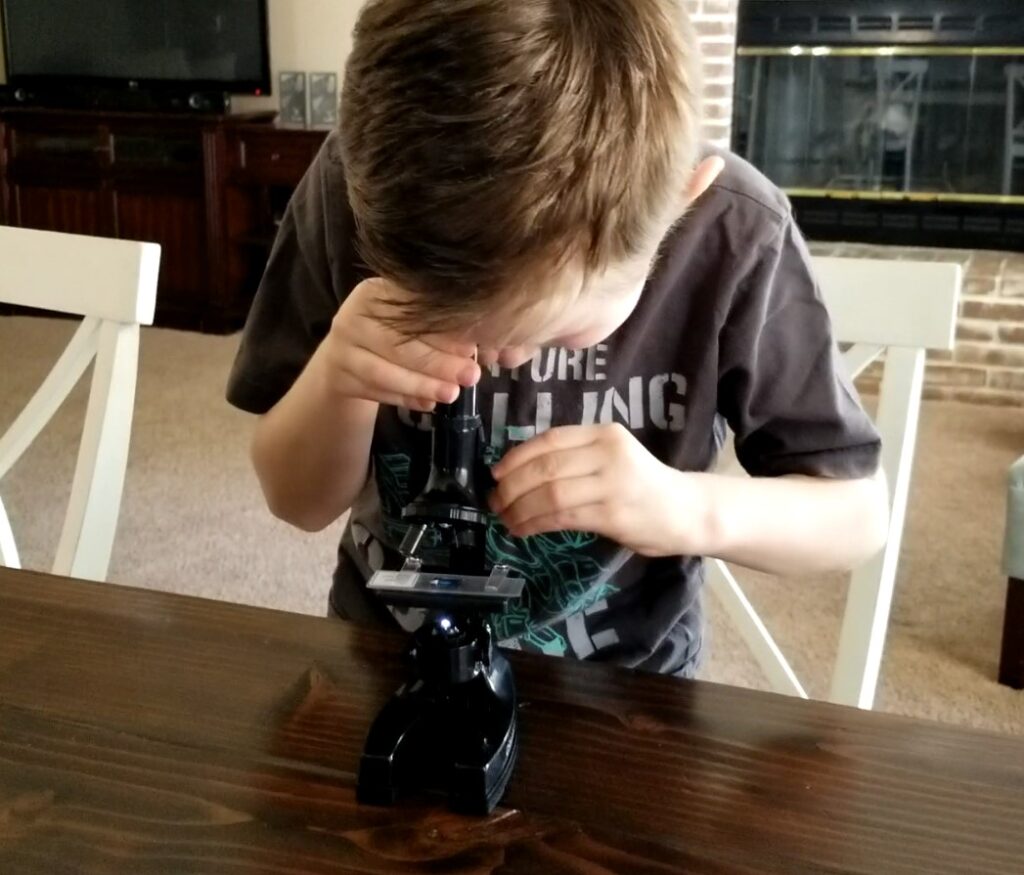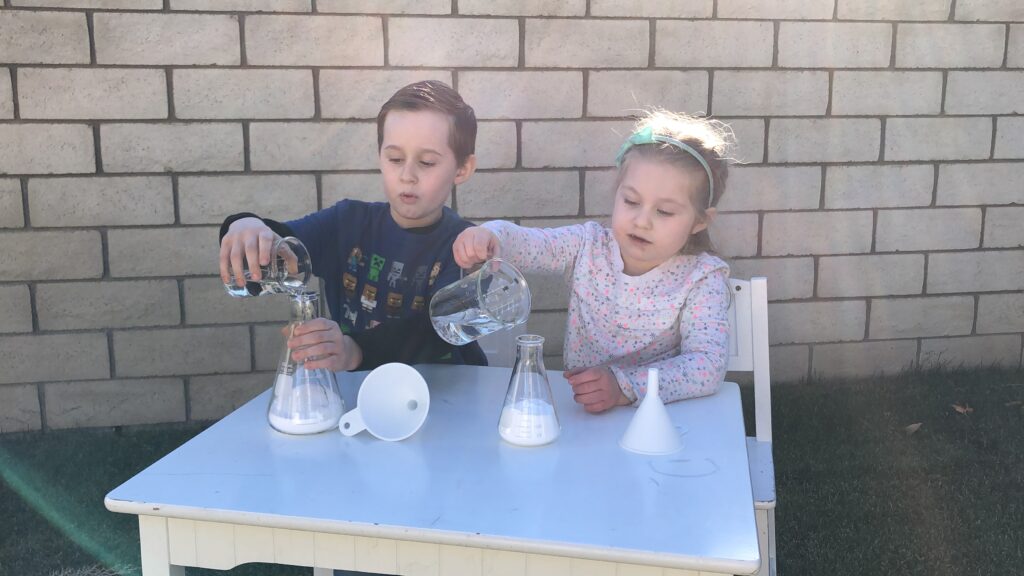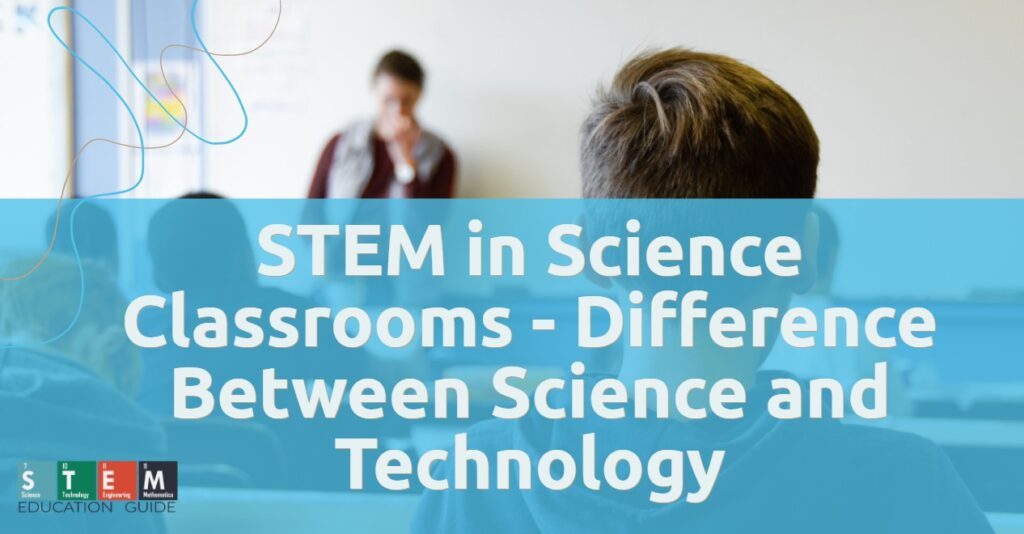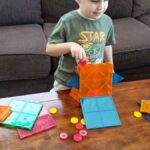STEM, an acronym for Science, Technology, Engineering, and Mathematics, is an essential component of the educational experience.
Famous biologist Judith Ramaley coined the acronym in 2001 when she was the director of the National Science Foundation (NSF).
The institution began to ramp up programs in support of STEM subjects in a boatload of American schools. As the country rolled into the 21st century, STEM achievements in the US were behind those in other countries.
In turn, the NSF came up with solutions to boost STEM programs in schools. A strong STEM foundation services a practical purpose, paving the way for a wealth of fulfilling, lucrative career opportunities and educational options.
Table of Contents
Science and Technology in the STEM Curriculum
Let’s face it. Children are growing up in a society where technology has become a major part of everyday human life. In today’s schools, there’s no denying that technology and science have become intertwined because they inspire learners to question what they learn and see.
With the advent of technology, science concepts are easier and more tangible for kids to grasp. As a result, schools are implementing a boatload of technology methods to boost the science learning experience. Nonetheless, is there a difference between science and technology?
Technology in STEM

By the age of eight, most kids develop an interest in technology. However, the transition from a user of technology to causing technological innovation is a rarity.
Education systems place more emphasis on scoring high grades in exams and rote learning (dictionary), entirely shifting the focus from indulging in experimental teaching and divergent thinking that can lead to new technology.
Technology encompasses the application of hands-on science (melchemistry) to daily life. Although it can merge with other fields such as engineering, technology is generally used to describe computer-related jobs. Software engineers come up with new systems and programs.
Computer programmers code the software for the engineers to plan. Children may also be interested to learn that video game developers and designers are also classified as computer scientists.
In today’s digital era, Pre-K and other young kids can dive into the basics of computer science, coding (codemonkey), and their practical application.
There’s no denying that online coding resources make it easy and exciting to acquire foundational skills by participating in puzzle-based challenges and designing video games.
Science in STEM

It encompasses fields such as geology, chemistry, physics, biology, and astronomy. Students who pursue science-related professions can become healthcare providers, zoologists, biological technicians, meteorologists, astrologists, and agriculturists.
With the advent of technology, children don’t need to remain chained to their textbooks when it comes to learning basic science.
Hands-on activities are available for all age groups, allowing students to learn topics such as scientific methods, simple machines, and chemical reactions. Renowned field trips can include local state parks, planetariums, and natural history museums.
You can download our free scientific method worksheet here!
The basis for scientific knowledge is an excellent observation. Parents and teachers can establish strong observation skills in children by playing games that revolve around the examination.
Discuss how observation aids in problem-solving and critical thinking. This, in turn, will prime your child when it comes to future scientific research or making their own scientific discovery.
By playing the ‘I Spy’ game on long car rides or classrooms, children can develop observation skills. It entails teachers and students taking turns to be the guesser and questioner.
For example, the teacher selects an object in a child’s sight and utter, “I spy something large, bumpy, or green.” Being the guesser, the child guesses until they get it right.
A variation to this activity is ’20 questions.’ It entails children guessing 20 yes and no questions to narrow down what the teacher is asking about. The object in question doesn’t have to be in the child’s sight.
How Science and Technology Boost STEM Learning
Technology plays a crucial role in the STEM learning process. Digital Promise, in partnership with the Office of Educational Technology (tech.ed), discovered how technology can enrich STEM education.
They unveiled a few ways that technology can help students engage with science. The report is the outcome of a systematic review of the impact of incorporating innovative technology in STEM in science classrooms. These ways can deepen students’ learning experiences.
Dynamic Representation
A student masters or learns STEM in concepts in technology and science through simulations, interacting with digital models, and dynamic representations of engineering and scientific systems.
Please take a look at our article The Best Lego Technic Sets and Toys for STEM Learning Fun!
Collaborative Reasoning
Technology tools enable learners’ collaborative reasoning around STEM education in science, equalizing participation. It also helps groups and individuals elevate their ideas.
Individualized and Immediate Feedback
Digital tools furnish students learning or practicing science-based STEM concepts or skills with individualized or immediate feedback, beyond wrong or right.
Science Argumentation Skills
Students utilize technology that supports science argumentation skills such as the presentation and evaluation of evidence on scientific claims.
Computational Thinking
Learners use technology to analyze and formulate scientific problems and their solutions, automate procedures via algorithmic thinking, and reason abstractly.
Project-based Interdisciplinary Learning
Learners use digital technology tools in the context of authentic challenge-based or project-based learning activities that integrate STEM fields such as science.
Design Processes
Learners plan, implement, test, and revise problem solutions via scientific design processes coupled with the necessary support technologies.
Difference between Science and Technology in STEM Learning
Granted, science and technology are pronounced in the same breath due to their close similarity that their differences are usually ignored. Although both fields are interlinked, they are distinct. The goal of technology is the creation of products that implement scientific principles where as that of science is to gain knowledge.
The difference between science and technology is clearly outlined in the table below.
| Science | Technology |
| It methodically explores new knowledge through experimentation and observation | It’s the application of scientific knowledge for a plethora of purposes |
| It always comes in handy | It can be harmful or useful. For instance, a blunt tool can be harmful, whereas a computer can be useful |
| It emphasizes discoveries | It emphasizes inventions |
| It’s useful in making predictions | In addition to fulfilling the need of people, it simplifies human life |
Closing Remarks
Now that you understand the difference between science and technology in STEM learning, you can encourage your child to follow their curiosity and make learning interesting.
Kids who gravitate towards video games can create theirs by practicing coding (technology) where as those with a fascination for the universe can engage in NASA TV (science) or activities that involve using a telescope.
Make sure to take a look at our article, Awesome (& Educational) STEM Subscription Boxes for Kids!








